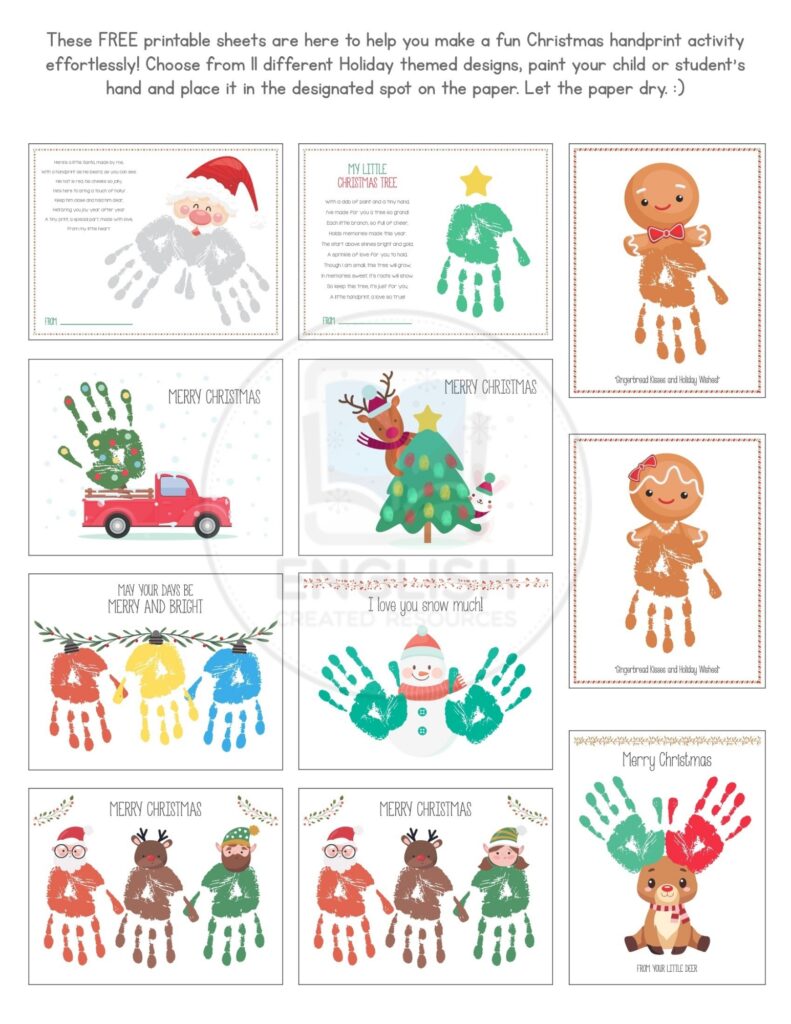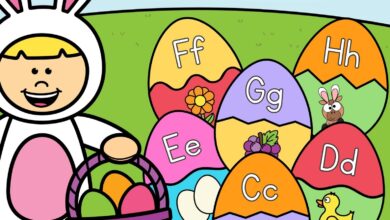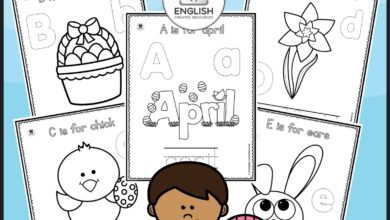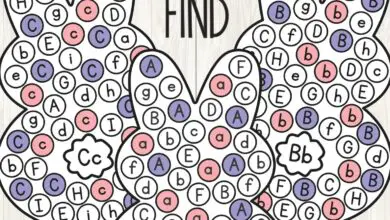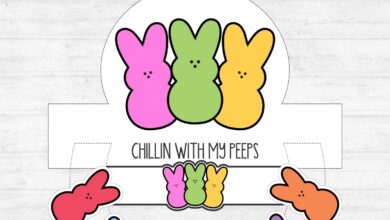Christmas Handprints
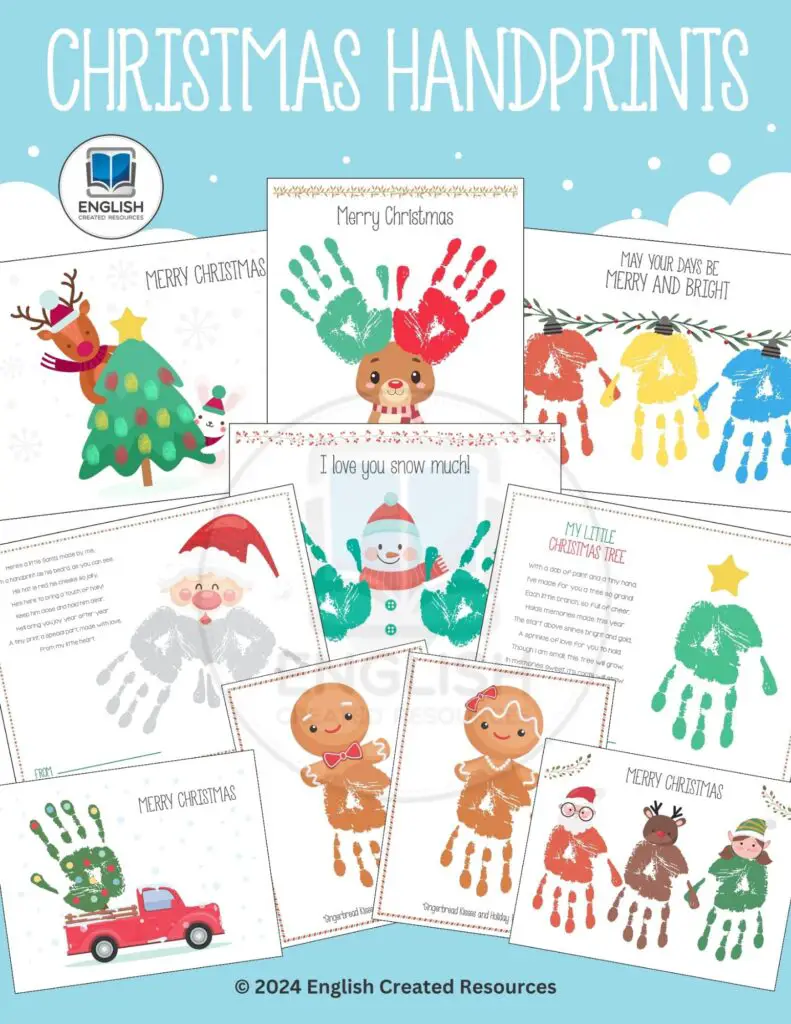
The Importance of Handprints Activity for Preschool Kids
Preschool is a critical time for children’s development, as they explore their creativity, develop fine motor skills, and begin to understand the world around them. Handprint activities—where children use their hands to create art, patterns, or impressions—are one of the most enriching and enjoyable exercises for young children. Beyond the fun and messiness that kids love, handprint activities hold significant developmental and educational value. In this essay, we will explore how these activities contribute to a child’s growth in areas such as fine motor skills, sensory development, creativity, emotional expression, and social bonding.
- Development of Fine Motor Skills
Fine motor skills involve the coordination of small muscles in the hands and fingers, essential for tasks like writing, drawing, and cutting. Handprint activities require children to dip their hands in paint, carefully position them on paper, and sometimes use additional tools to decorate their handprints. These motions strengthen hand muscles, improve hand-eye coordination, and enhance dexterity.
For example, pressing their hands onto paper with the right amount of pressure helps them understand control, which is crucial when learning to write or draw. Over time, repetitive use of fingers and hands during these activities prepares children for more complex tasks, such as holding pencils, tying shoelaces, and buttoning shirts.
- Enhancement of Sensory Development
Preschool children are highly sensory learners, meaning they absorb information through touch, sight, smell, and other senses. Handprint activities offer a hands-on, tactile experience that engages multiple senses simultaneously. When children feel the cool, squishy texture of paint, they are not only having fun but also exploring textures and temperature.
This sensory exploration is vital for brain development, as it helps children make connections between their senses and the physical world. The variety of materials involved—paint, paper, and even natural elements like sand or glitter—stimulates their curiosity and enhances their understanding of different textures and sensations.
- Fostering Creativity and Imagination
Handprint activities provide an open-ended platform for creativity. A simple handprint can transform into a tree, an animal, a flower, or even an imaginary creature, depending on how the child chooses to decorate it. This freedom allows children to use their imagination and think outside the box.
As they experiment with colors, patterns, and designs, children learn to express themselves uniquely. Encouraging such artistic exploration helps them develop problem-solving skills and build confidence in their ideas. They begin to see how their efforts can create something beautiful and meaningful, fostering a lifelong appreciation for art and creativity.
- Promoting Emotional Expression
Art activities, including handprints, provide children with a safe space to express their emotions. For preschoolers who may not yet have the words to describe how they feel, creating art becomes a powerful form of communication. The choice of colors, patterns, and designs can reflect their mood or emotions, whether it’s joy, curiosity, or even frustration.
Handprint activities also create lasting memories. For instance, parents often cherish a child’s handprint art as a keepsake, symbolizing a specific moment in time. When children see their work valued and appreciated, it boosts their self-esteem and emotional well-being.
- Encouraging Social Interaction and Collaboration
Handprint activities are often conducted in group settings, such as classrooms or playdates, encouraging social interaction among children. Collaborative projects—like creating a mural of handprints—teach children to work together, share materials, and respect each other’s contributions.
This teamwork helps children develop essential social skills, such as cooperation, patience, and effective communication. Moreover, when children see their handprints alongside those of their peers, they feel a sense of belonging and community, which is critical for their emotional and social development.
- Building Cognitive Skills
While handprint activities may seem purely creative, they also involve cognitive processes such as planning, sequencing, and decision-making. For example, a child deciding how to place their hand on the paper or choosing which colors to use is engaging their problem-solving abilities.
Additionally, incorporating themes—like creating seasonal handprints for autumn leaves or festive handprint turkeys—introduces children to broader concepts, such as nature, seasons, and cultural traditions. This connection between art and learning helps reinforce their understanding of the world.
- Making Learning Fun and Memorable
Young children learn best through play and hands-on activities. Handprint art makes learning fun by combining education with play. Teachers can incorporate educational elements into handprint activities, such as teaching numbers by counting fingers or exploring symmetry by comparing left and right handprints. These playful methods make lessons more engaging and memorable.
- A Meaningful Bonding Experience
Handprint activities often involve adults—whether it’s a parent, teacher, or caregiver—guiding children through the process. This shared activity fosters a strong bond between children and adults, creating opportunities for positive interaction and encouragement.
Parents especially treasure the sentimental value of handprint keepsakes. These creations become cherished reminders of a child’s early years and milestones. The act of creating them together strengthens family relationships and creates lasting memories.
Handprint activities are far more than just a fun pastime for preschool children. They serve as a vital tool for their overall development, contributing to their physical, emotional, cognitive, and social growth. Through these activities, children strengthen their fine motor skills, explore sensory experiences, unleash their creativity, and express their emotions. They also learn to collaborate, problem-solve, and connect with others,
Samples From the Handprints
